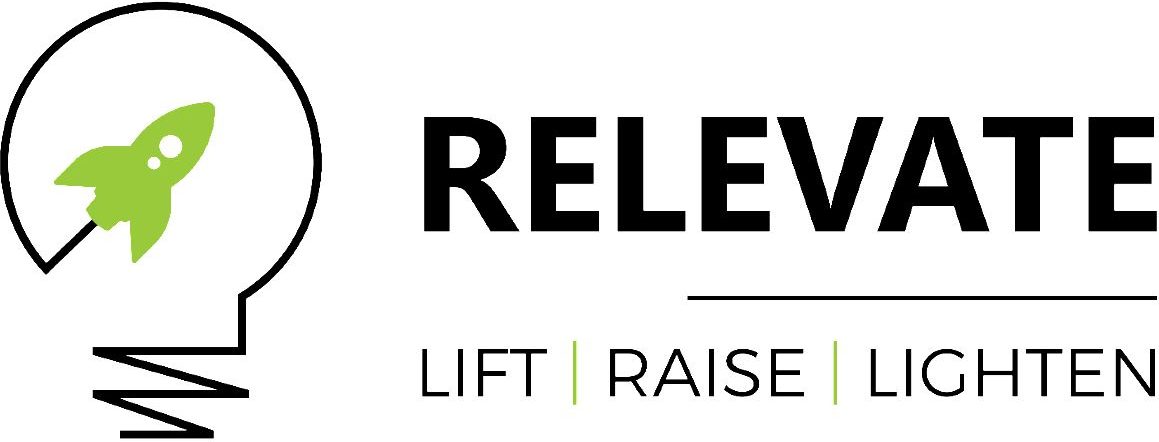Attracting and retaining the right talent is hard. But it’s essential for a successful business. Superior talent is up to 400%, more productive, and in highly complex occupations, high performers are more than 800% more productive. It’s easy to see how hiring this type of talent could make a measurable difference to the performance of your organisation as a whole.
But without analysing relevant data, hiring high performers, with the right capabilities and compatibilities is just like taking a shot in the dark. There’s no way to know if you’ve ‘hit’ on the right candidate. And most companies aren’t doing it effectively. In fact, only 21% of human resource leaders believe that their organisations are harnessing talent data effectively to make better hiring decisions.
But predictive analytics can provide valuable insight into your recruitment and hiring processes.It’s increasing efficiencies and helping you to find the right talent at the right time.
What is predictive analytics in recruitment?
In order to hire the right people, you have to analyse the right kind of data. The growth of cloud-based applications has enabled the growth of predictive, data-driven models for hiring. Platforms can be easily connected so now employee data can be integrated into one data warehouse which is easier to manage, process and analyse. This data can help with your future hiring predications helping you to find the people who will help your business succeed. Predictive analytics in recruitment is how this is done.
Predictive analytics is the use and analysis of historical data to make future predictions. In this case, it would be data that is used to inform decision making around attracting, hiring and retaining talent. This data allows hiring managers to understand historical patterns. It helps them to make predictions about how those trends may play out in the future. That means they are better able to identify strong hires for open positions, make quicker and better offers to candidates and provide a better candidate experience.
How to use predictive analytics in recruitment?
Data about recruitment is found in applicant tracking systems, on your HR systems and within performance management solutions. But there’s a difference between gathering the data, and using it to make future business decisions. Studies show most organisations use this data only to identify current trends, problems or opportunities, rather than predicting what is likely to happen in the future.
Examples of predictive analytics in recruitment.
Talent Sourcing
Predictive analytics tools in the talent sourcing space help organisations identify prospective hires that might be considering switching jobs shortly. This allows them to understand what talent might be coming available, and act on that knowledge.
The tools analyse potential candidate data from social media profiles, company health information, tenure, company turnover, company news and even the stock market to predict possible passive candidates. This helps hiring teams to seek out those candidates who are primed for change. Even customise their recruitment strategy to win this type of person.
Speed
Predictive analytics will help you improve your speed of hiring. As you build your models, you’ll gain a better understanding of which candidates are the best for your company. As your understanding improves, you’ll then be able to use tools to help you find those candidates. And once a potential hire hits your radar, you’ll be able to confidently and quickly move them through the hiring funnel.
Quality
One of the most important uses of predictive analytics is to help you improve the quality of talent. When you link the hiring process to attrition data, information from engagement surveys, performance review data and other data from the employee’s lifecycle. You can develop models that will predict the future performance of a job candidate. Then you’re better able to find those high-performing people.
Retention
Employee turnover costs can have a significant impact on your bottom line. Depending on the size of your business, the total costs of replacing an employee is up to 33% of their annual salary. But with predictive analytics, you can predict the employees that are most at risk of voluntarily leaving. As well as the financial cost of that decision. You’re then in the position to create targeted retention plans to combat those losses.
The Importance of Reliable Data
Reliable data that is captured in a consistent way is absolutely vital to using predictive analytics. This can then be used to build models that your teams can use with confidence. Without reliable data, you’re in no better position than if you were capturing no data at all. In fact, you could be worse off if you rely on bad data for decision making.





